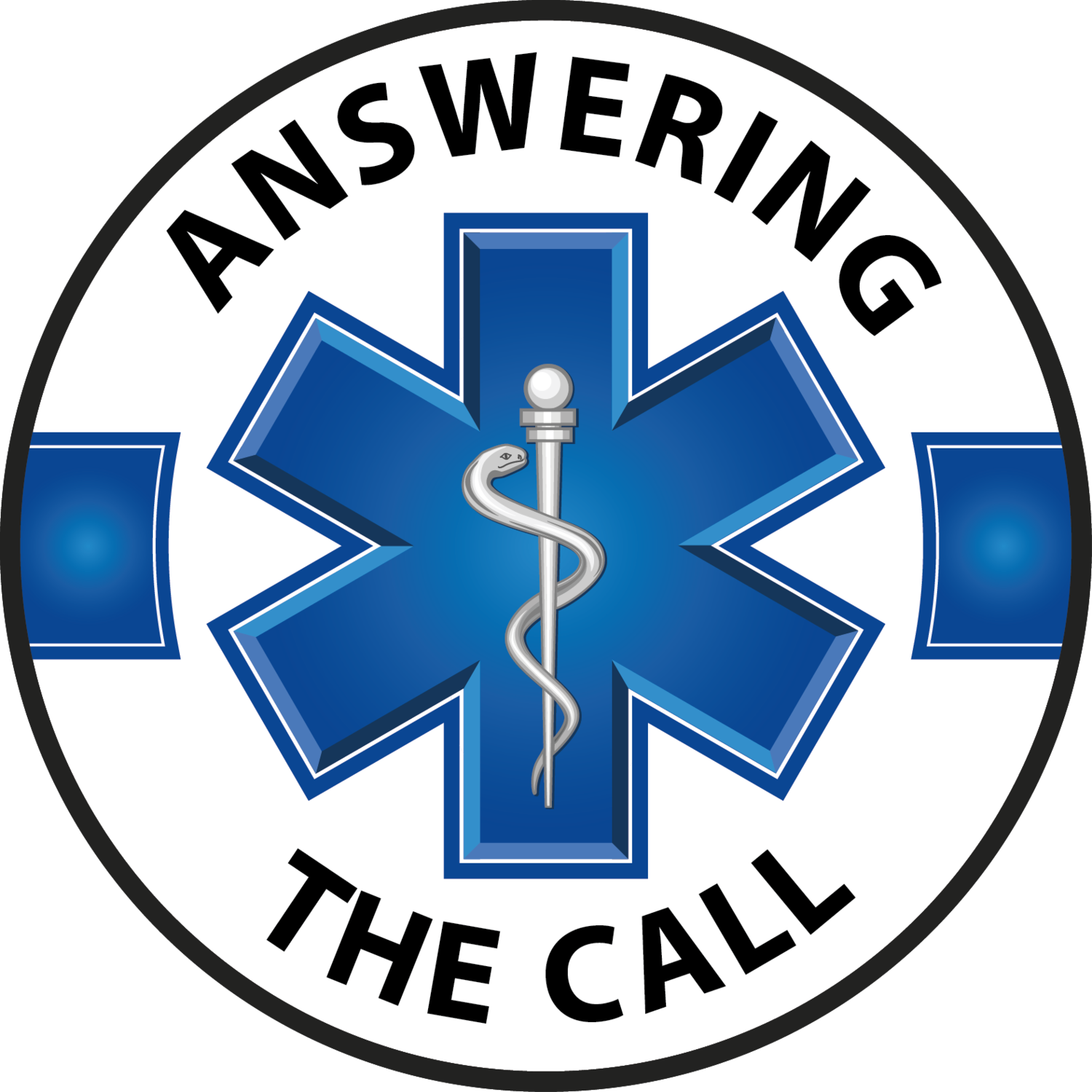




Answering The Call
Answering The Call
Answering the Call
America, even from its earliest days, was forged by the strength of brave and dependable individuals volunteering their time and talents for the greater good. From the patriots of George Washington’s volunteer army to the courageous efforts of EMS heroes at Ground Zero in Manhattan, our country was born, built, and has persevered through the selfless actions of ordinary people doing extraordinary things in times of need.
Today, however, right here in our home communities of Northwestern Pennsylvania, we face a crisis that threatens to compromise our quality of life and seriously endanger those who need our help the most. Like many regions throughout the nation, we face a critical shortage of trained emergency medical services (EMS) professionals.
“69% of Rural EMS Organizations have reported problems recruiting or retaining volunteers.”
** Open Tab for Training and Certification Details
Formal training and certification is needed to become an EMT or paramedic. A high school diploma is typically required to enter a formal training program. Some programs offer an associate degree along with the formal EMT training. All 50 states have a certification procedure. In most states and the District of Columbia, registration with the NREMT is required at some or all levels of certification. Pennsylvania utilizes the NREMT testing procedure for initial entry into the system. Other states administer their own certification examination or provide the option of taking the NREMT examination. To maintain certification, EMTs and paramedics must re-register. In order to reregister, an individual must meet a continuing education requirement.
Many people use the training and experience they gain as an EMT/Paramedic to help through nursing school, medical school or to become firefighters and police officers.
EMERGENCY MEDICAL RESPONDER (EMR)
The primary focus of the Emergency Medical Responder is to initiate immediate lifesaving care to critical patients in need. This individual must possess the basic knowledge and skills necessary to provide lifesaving interventions while awaiting additional EMS response, and to assist higher level personnel at the scene and during transport.
Emergency Medical Responder is an entry-level position that functions as part of a comprehensive EMS response, under medical oversight. Emergency Medical Responders perform basic interventions with minimal equipment, such as administering oxygen and providing an initial assessment of the patient.
Hours of Training: Minimum of 50
Minimum Age: 16
EMERGENCY MEDICAL TECHNICIAN (EMT)
The primary focus of the Emergency Medical Technician is to initiate immediate lifesaving care to critical patients in need.
This individual must possess the basic knowledge and skills necessary to provide lifesaving interventions while awaiting additional EMS response, and to assist higher level personnel at the scene and during transport.
Emergency Medical Technician (EMT) is an entry-level position. EMT’s perform basic interventions such as injury treatment, splinting and extrication of entrapped patients.
Hours of Training: Minimum of 150-190
Minimum Age: 16
ADVANCED EMT
The Advanced EMT position is a new level of training that’s great for EMTs looking to advance their career. The AEMT can administer medications, perform advanced airway maneuvers and transmit heart rhythm readings to the emergency department. In order to become certified as an AEMT you must first be certified as an EMT.
Hours of Training: 150 - 250
Minimum Age: 18
PARAMEDIC
The Paramedic is a health professional whose primary focus is to provide advanced emergency medical care for critical and emergent patients who request assistance through the 911 system or non-emergency channel.
This individual possesses the complex knowledge and skills necessary to provide patient care and transportation. Advanced skills such as heart monitoring and intravenous therapy (IV) are taught at this level.
To become certified as a paramedic you must be a certified AEMT or EMT
Hours of Training: 1000 – 1200
Minimum Age: 18
PA Pre-Hospital RN (PA PHRN)
If you a registered nurse in Pennsylvania and are 18 years of age or older, you are eligible to start the process to become a Pre-Hospital Registered Nurse to work or volunteer on the ambulance. As a PHRN, you will be able to apply your nursing skills to administer life-saving medications, monitor a patient’s heart rhythm, and interact with other pre-hospital practitioners as part of a life-saving team.
Pre-Hospital Physician Extender
If you are a physician assistant in Pennsylvania, you are eligible to take the PA Pre-Hospital Physician Extender exam. Contact your local EMS service for more information.

If Not You, Then Who?
If Not You, Then Who?
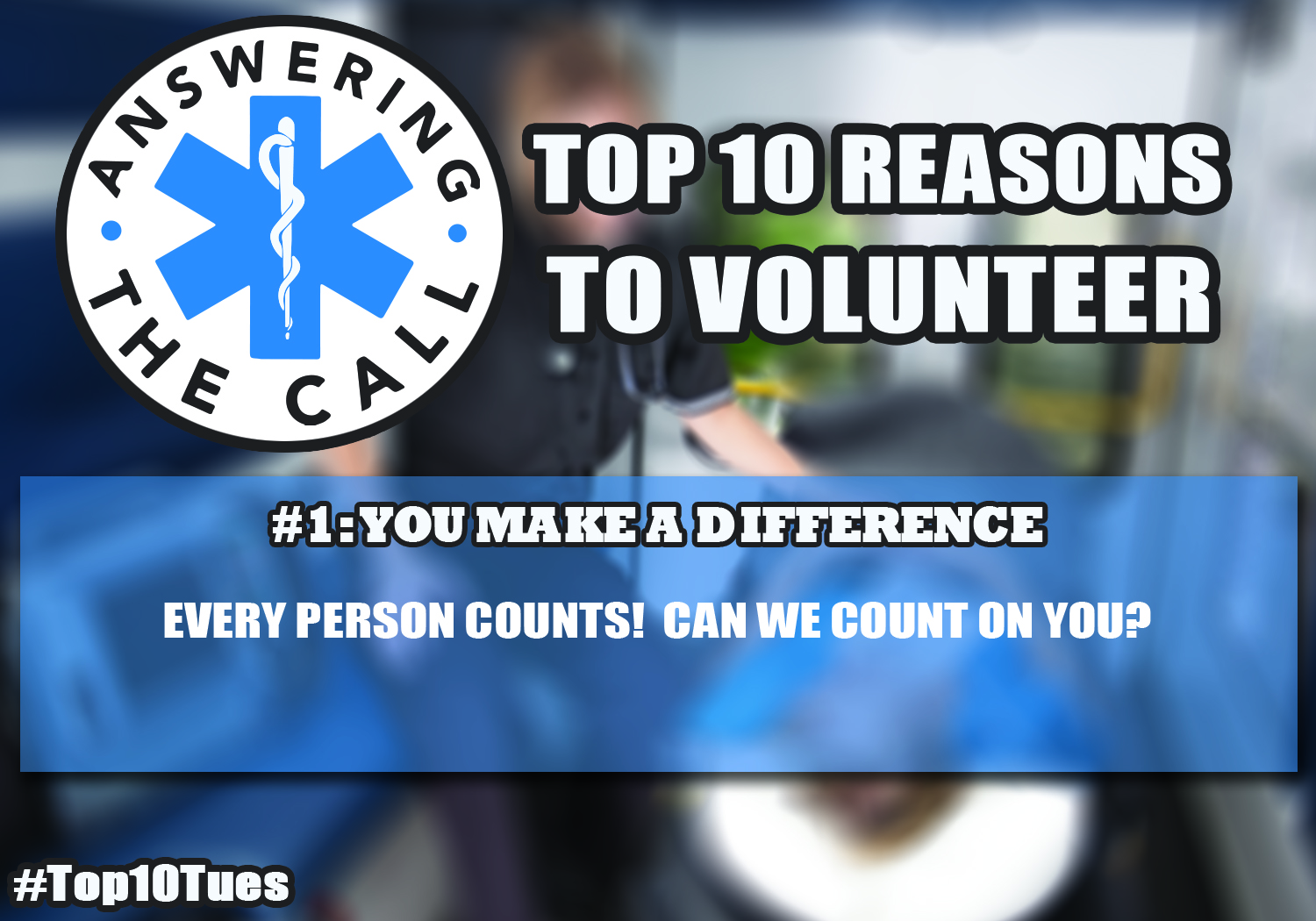
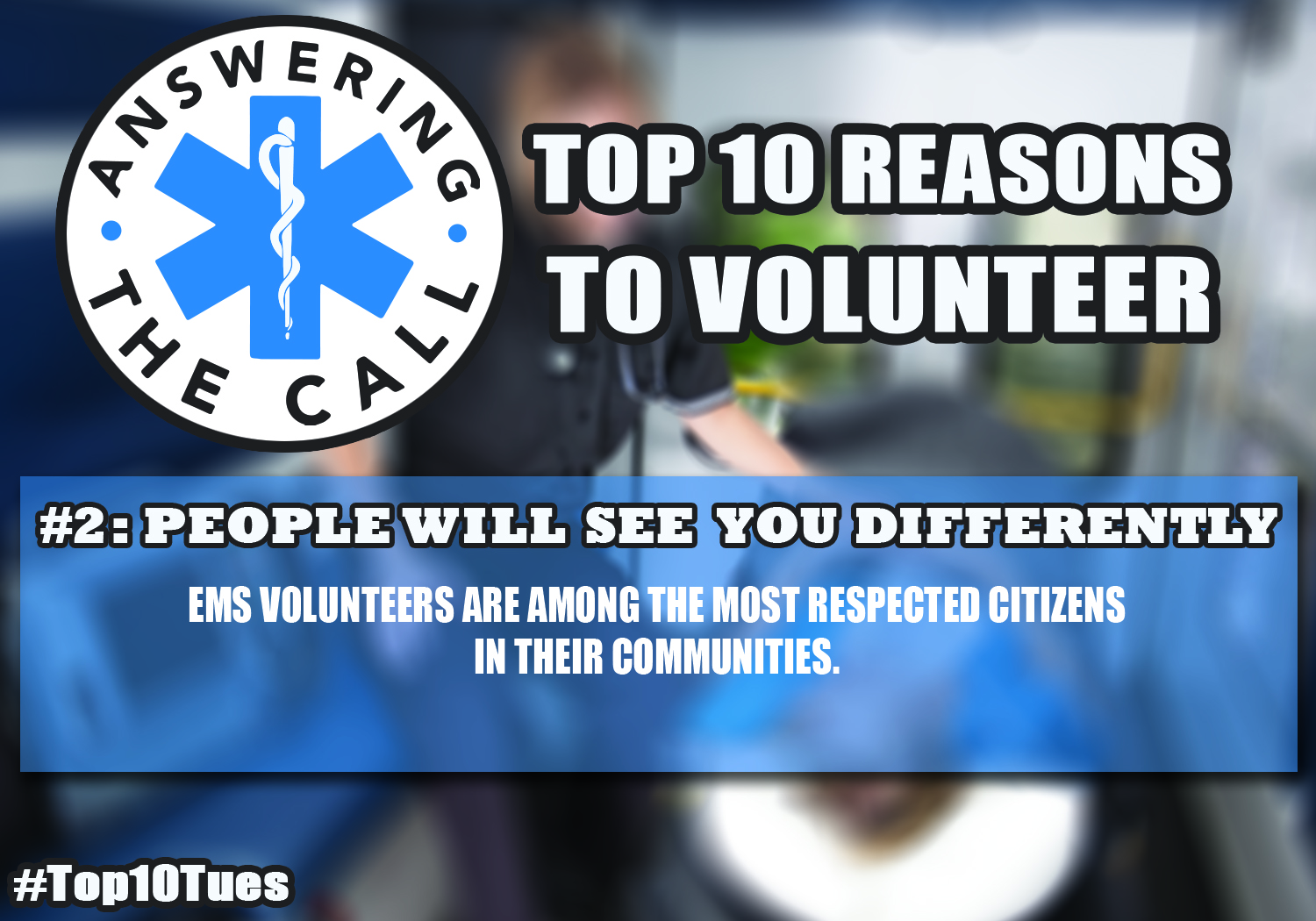
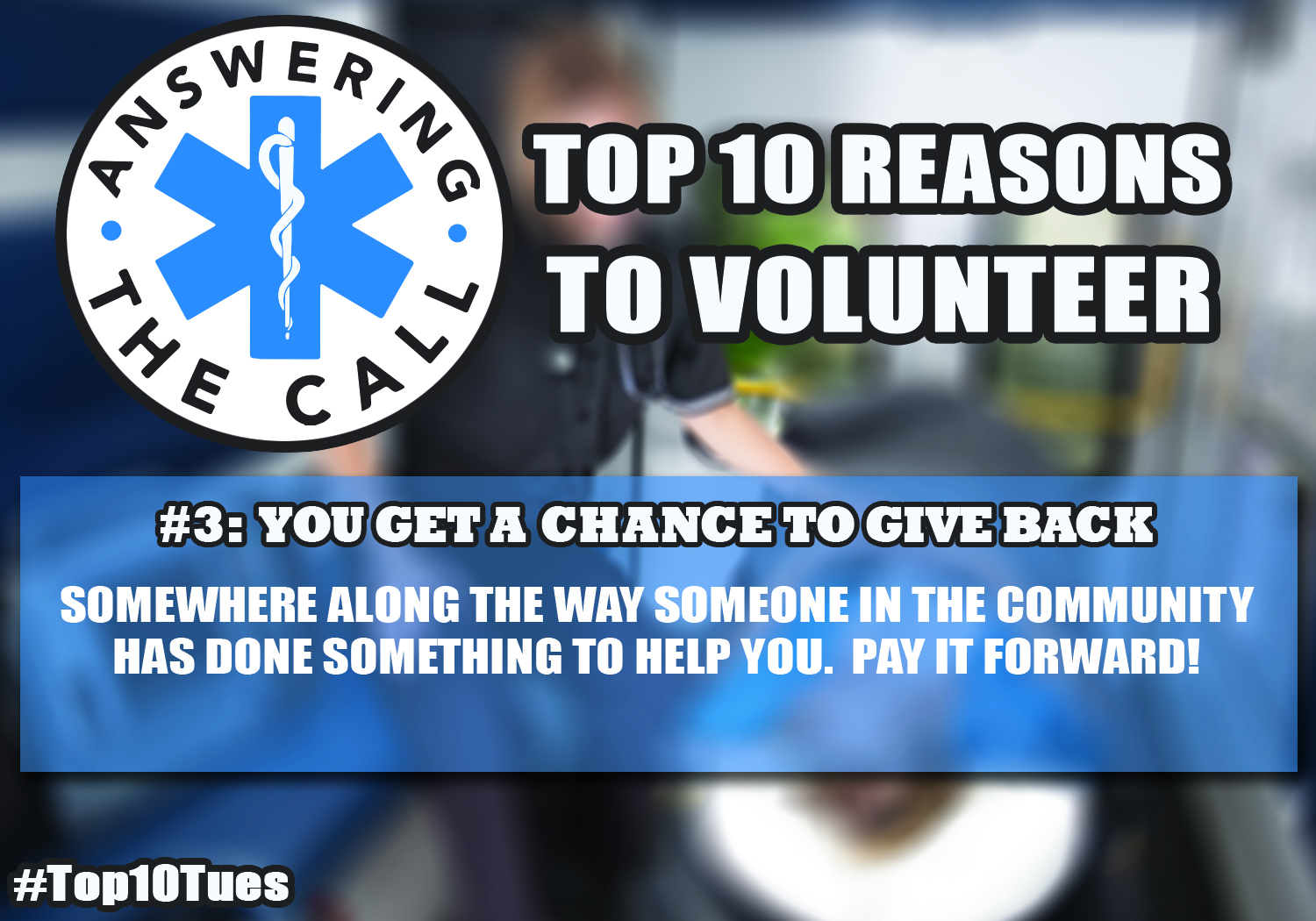
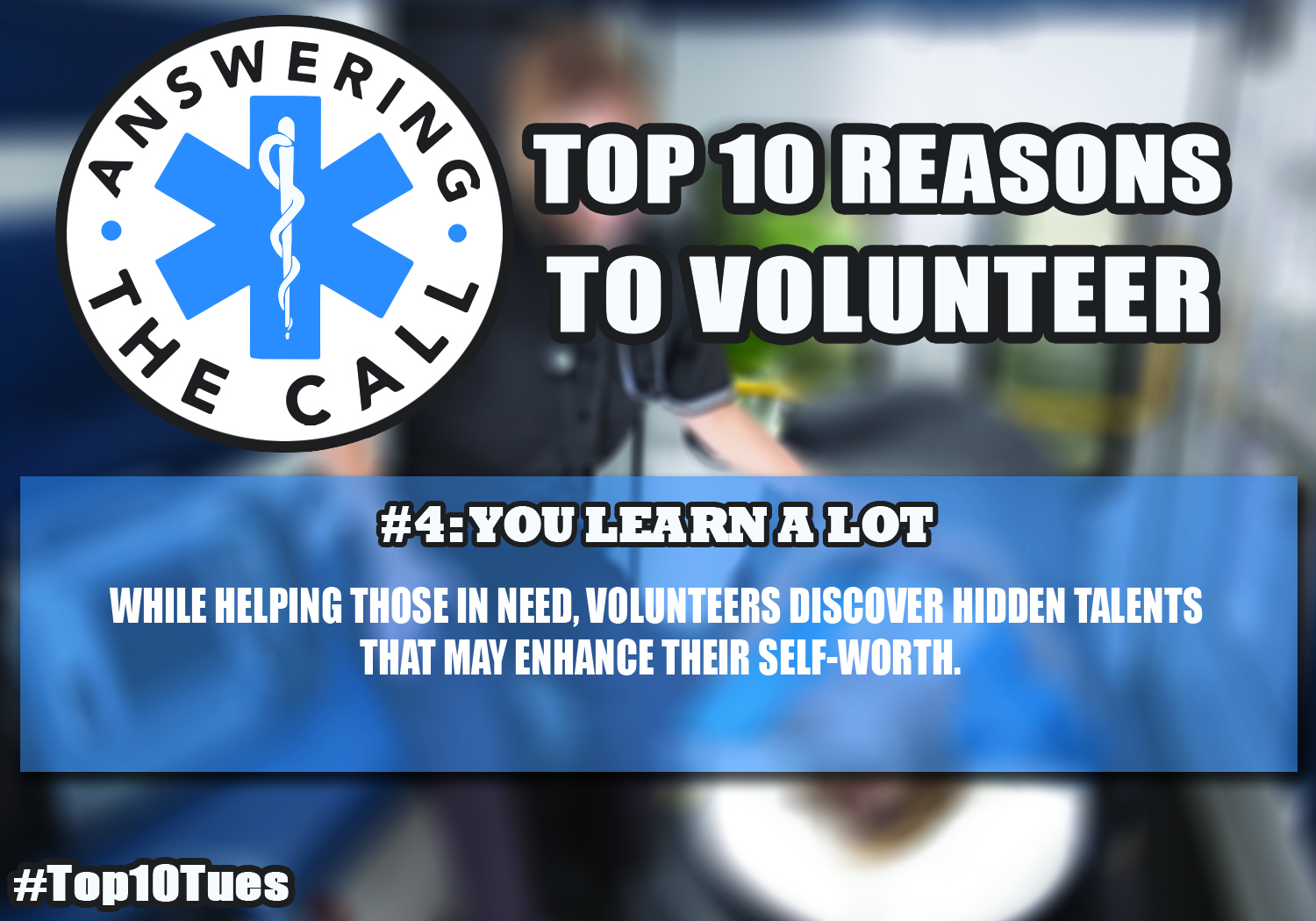
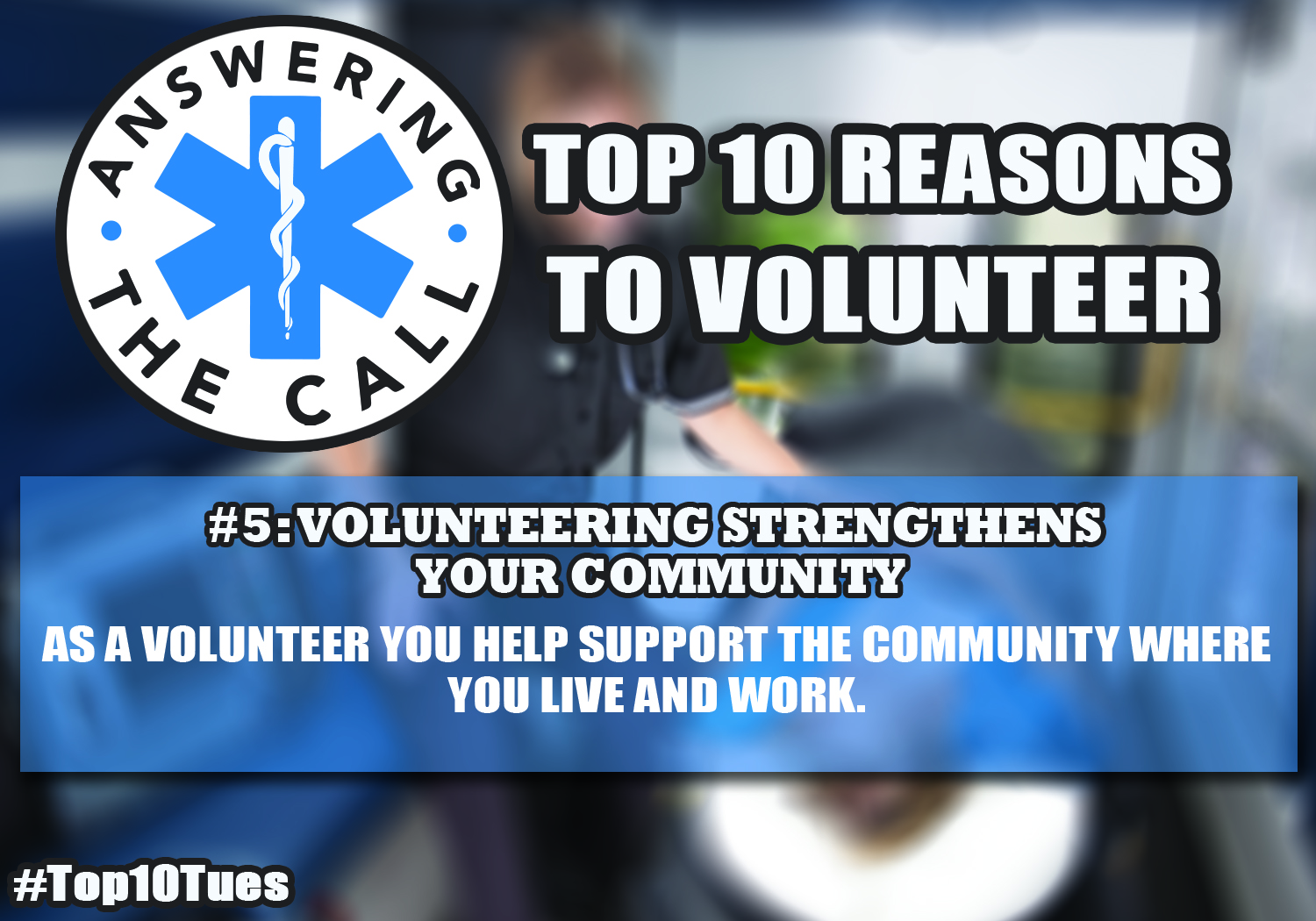
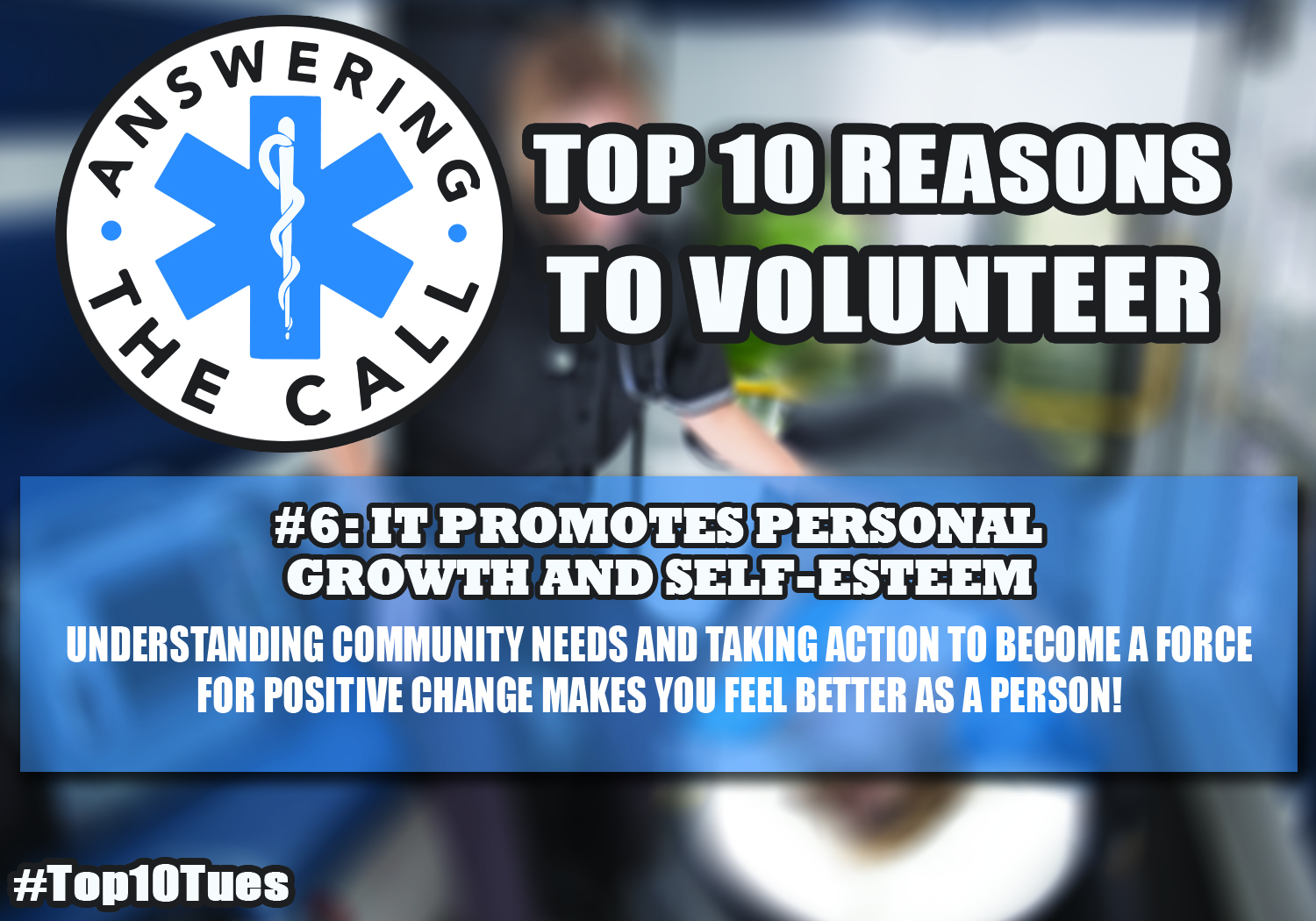
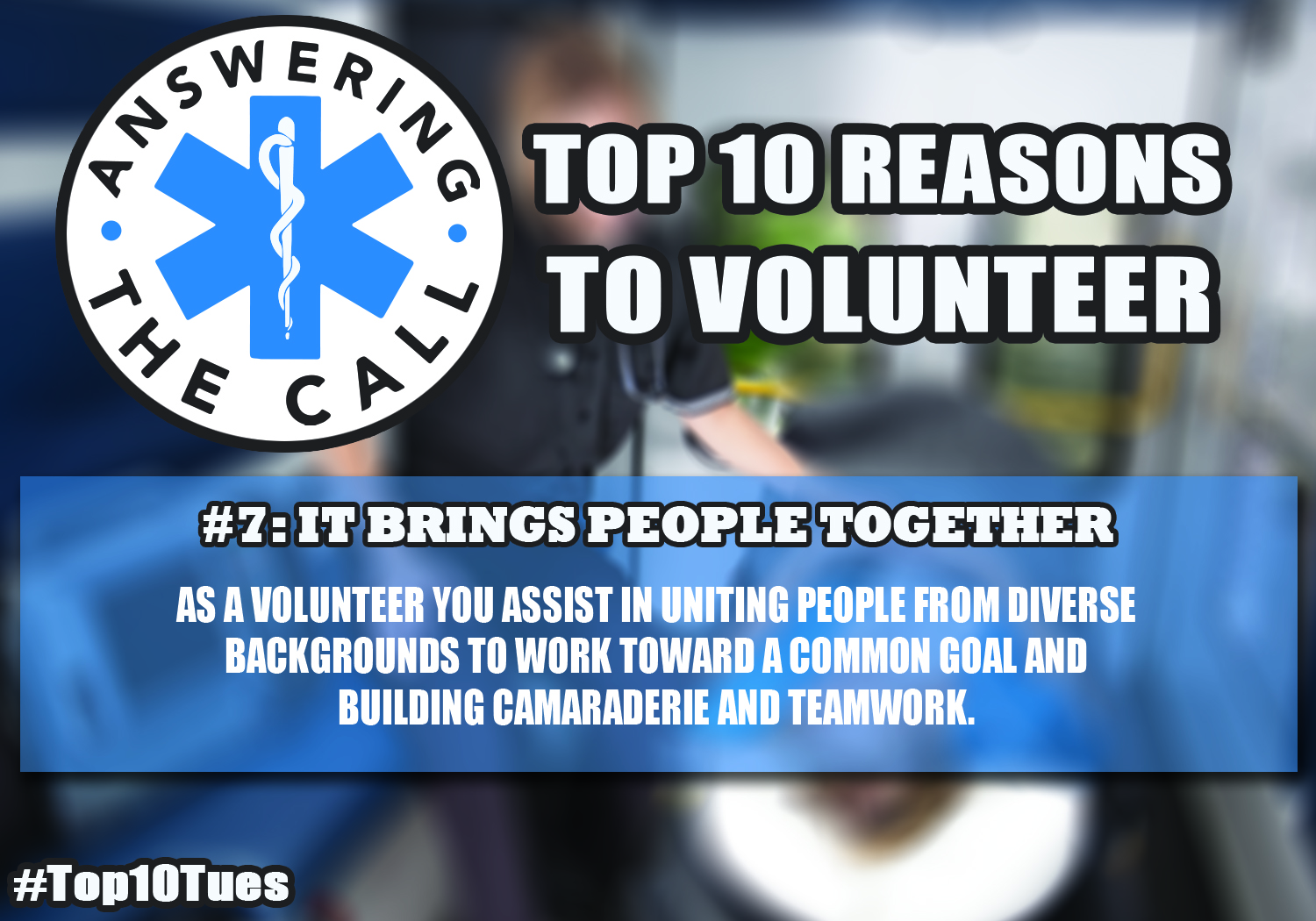
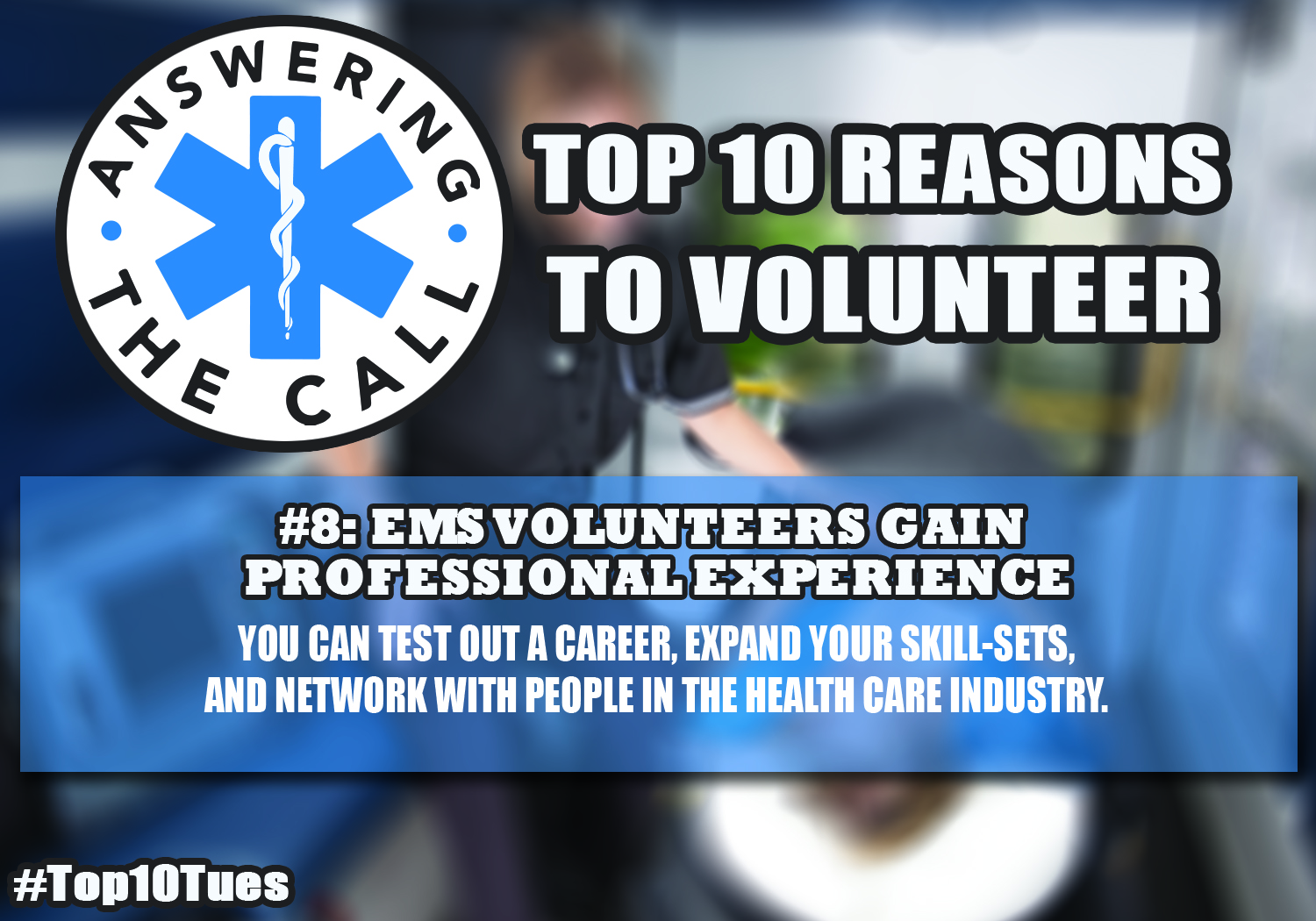

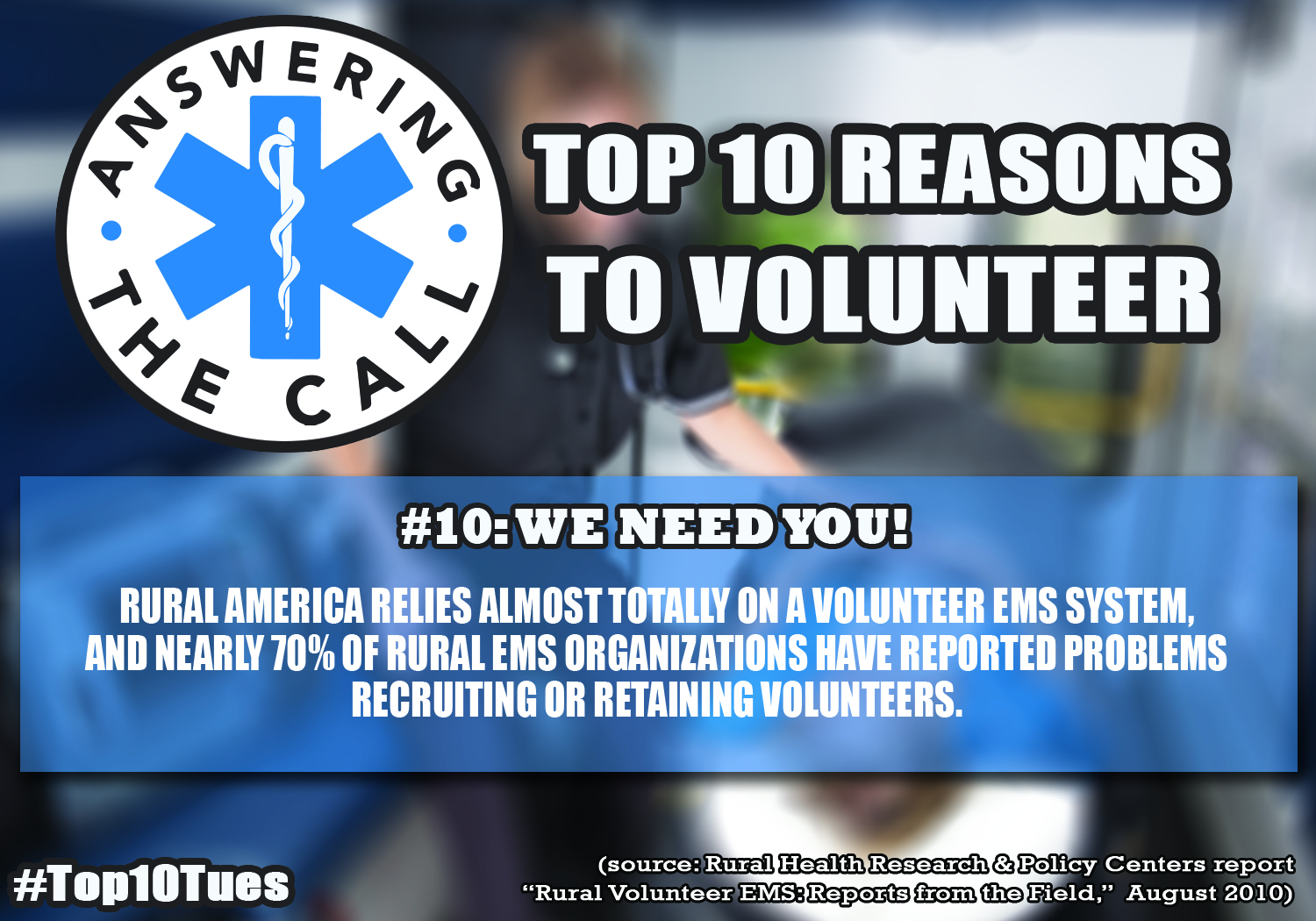

Regional EMS Councils
Regional EMS Councils
Regional EMS Councils
THE PENNSYLVANIA DEPARTMENT OF HEALTH BUREAU OF EMS HAS PARTNERED WITH REGIONAL EMS COUNCILS TO OVERSEE EMS OPERATIONS ACROSS THE COMMONWEALTH.
bELOW IS THE CONTACT INFORMATION FOR YOUR AREA.
We need your help! Just like any other business, EMS needs community support. We depend on volunteers from all walks of life to keep our doors open. You may think that we are only looking for certified EMS practitioners, but that is not the case. We also need support staff. If you have a background in grant writing, business administration, fundraising or vehicle/ building maintenance we need you. Stop in to your local ambulance station to see how you can get started today!
EMMCO WEST
Phone Number: (814)-337-5380
Fax Number: (814) 337-0871
Regional EMS Council Counties:
Clarion, Crawford, Erie, Forest, Mercer, Venango, Warren
Emergency Medical Service Institute
Phone Number: (412) 242-7322
Fax Number: (412) 787-2340
Regional EMS Council Counties:
Allegheny, Armstrong, Beaver, Butler, Fayette, Greene, Indiana, Lawrence, Washington, Westmoreland
EMMCO East, Inc
Phone Number: (814) 834-9212
Fax Number: (814) 781-3881
Regional EMS Council Counties:
Cameron, Clearfield, Elk, Jefferson, McKean, Potter
Southern Alleghenies EMS Council, Inc.
Phone Number: (814) 696-3200
Fax Number: (814) 696-0101
Regional EMS Council Counties:
Bedford, Blair, Cambria, Fulton, Huntingdon, Somerset
Seven Mountains EMS Council, Inc.
Phone Number: (814) 355-1474
Fax Number: (814) 355-5149
Regional EMS Council Counties:
Centre, Clinton, Columbia, Juniata, Mifflin, Montour, Northumberland, Snyder, Union
LTS EMS Council
Phone Number: (570) 433-4461
Fax Number: (570) 433-4435
Regional EMS Council Counties:
Lycoming, Sullivan, Tioga
Emergency Health Services Federation, Inc.
Phone Number: (717) 774-7911
Fax Number: (717) 774-6163
Regional EMS Council Counties:
Adams, Cumberland, Dauphin, Franklin, Lancaster, Lebanon, Perry, York
EMS of Northeastern PA, Inc
Phone Number :( 570) 655-6818
Fax Number: (570) 655-6824
Regional EMS Council Counties:
Bradford, Lackawanna, Luzern, Pike, Susquehanna, Wayne, Wyoming
Eastern PA EMS Council, Inc.
Phone Number: (610) 820-9212
Fax Number: (610) 820-5620
Regional EMS Council Counties:
Berks, Carbon, Lehigh, Monroe, Northampton, Schuylkill
Bucks Co. Emergency Health Services
Phone Number: (215) 340-8735
Fax Number: (215) 957-0765
Regional EMS Council Counties:
Bucks
Montgomery County Emergency Medical Services
Phone Number: (610) 278-2666
Fax Number: (610) 278-6254
Regional EMS Council Counties:
Montgomery
Chester County EMS Council
Phone Number: (610) 344-5000
Fax Number: (610) 344-5063
Regional EMS Council Counties:
Chester
Delaware Emergency Health Services
Phone Number: (610) 891-5310
Fax Number: (610) 891-5375
Regional EMS Council Counties:
Delaware
Philadelphia EMS Council
Phone Number: (215) 685-4216
Fax Number: (215) 685-4207
Regional EMS Council Counties:
Philadelphia

Frequently Asked Questions
Frequently Asked Questions
Frequently Asked Questions
“56% of millennial volunteers were motivated to join because they got to meet new people who care about the same issues.”
** Open tab for National Quick Facts: EMTs and Paramedics
2015 Median Pay: $31, 980 per year, $15.38 per hour
Typical Entry-level Education: Postsecondary non-degree award
Paramedics are ranked #25 in Best Health Care Support Jobs
Job Outlook, 2014-2024: 24% growth
EMTs and paramedics held about 210,700 jobs in 2008. Most career EMTs and paramedics work in metropolitan areas. Volunteer EMTs and paramedics are more common in small cities, towns, and rural areas.
These individuals volunteer for fire departments, emergency medical services, or hospitals and may respond to only a few calls per month. Paid EMTs and paramedics were employed in a number of industries. About 45 percent worked as employees of ambulance services. About 29 percent worked in local government. Another 20 percent worked in hospitals.
How do I get started in EMS?
A: All EMS Training programs are conducted through Training Institutes that are accredited through the PA Department of Health. There are training institutes located throughout the Commonwealth.
What Kind Of Opportunities Will Becoming An EMS Practitioner Open Up For Me?
A: From volunteering with your community to working with a paid service, EMS opens all kinds of opportunities. Working as a dispatcher, becoming a member of a rescue service, working within a hospital setting, a medical helicopter service or saving lives on the streets of your community all start with becoming involved with your local EMS agency.
How Do I Know EMS Is Right For Me?
A: An EMS professional is caring, compassionate and is able to gain a patient’s trust. They communicate well, have fast instincts, and are able to think fast to make quick decisions.
Is It Fun To Be Able To Drive An Ambulance?
A: We can’t lie; it is fun driving the ambulance! But we also take the responsibility very seriously. EMS Practitioners are required to take an Emergency Vehicle Driving course in order to learn how to handle the ambulance in all kinds of weather and possible driving conditions. In addition, EMS personnel are required to take yearly training to hone their driving skills.
Once I Become Certified As An EMS Practitioner, What Do I Need To Do To Maintain My Certification?
A: Once certified, all EMS practitioners must complete continuing education and meet re-registration requirements to maintain their certification. There are many continuing education classes conducted in the area, along with computer- based classes you can complete at home. You will also be required to complete a healthcare level CPR class every two years.
What Is The Best Part Of Your Job?
A: Helping people, no question about it! As an EMS Professional, you will be called to help people in many different ways. From bringing a new life into this world, or holding the hand of an elderly patient, new and different experiences are just around the corner. By answering the call you can make a difference in someone’s life.
